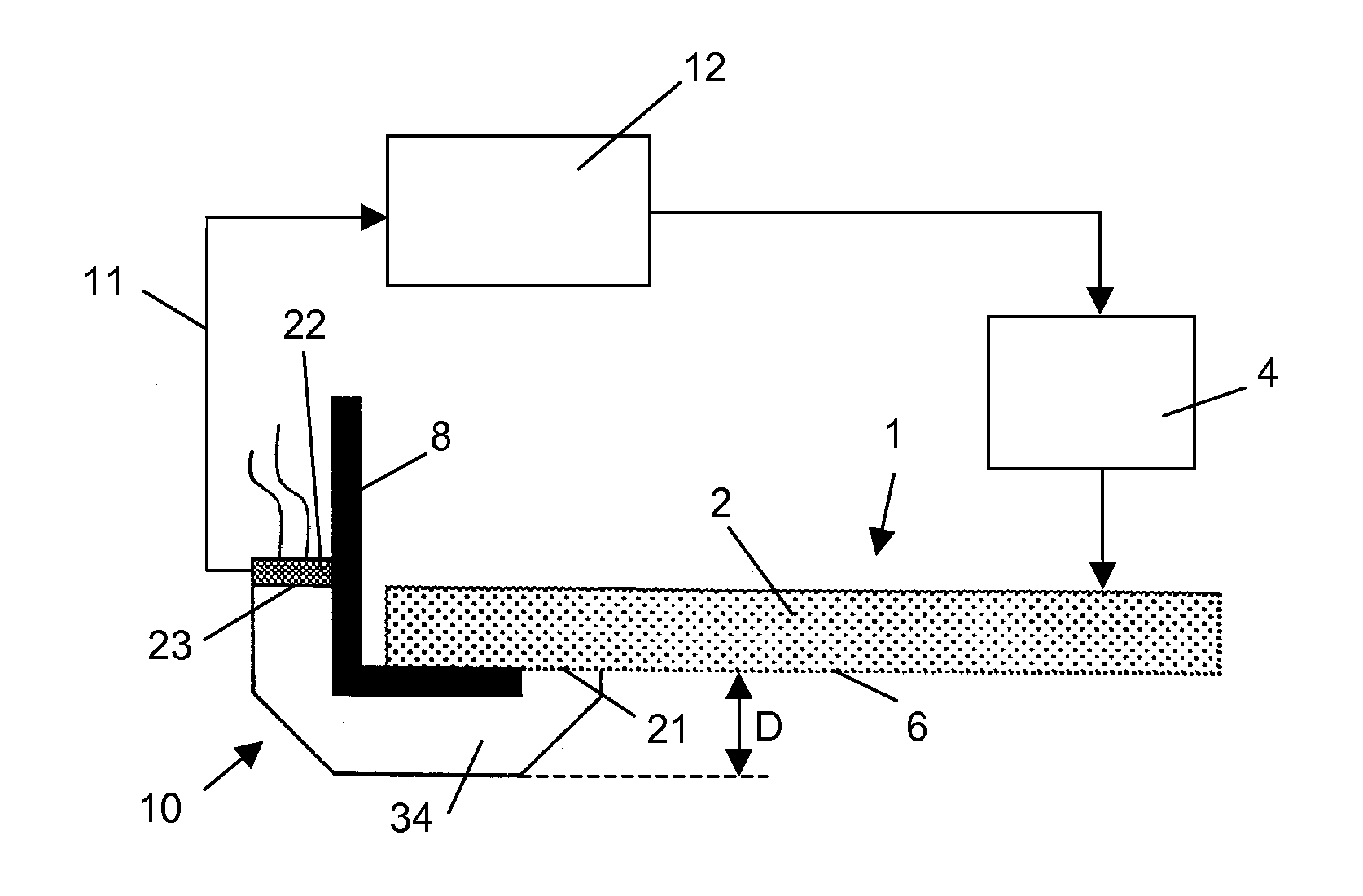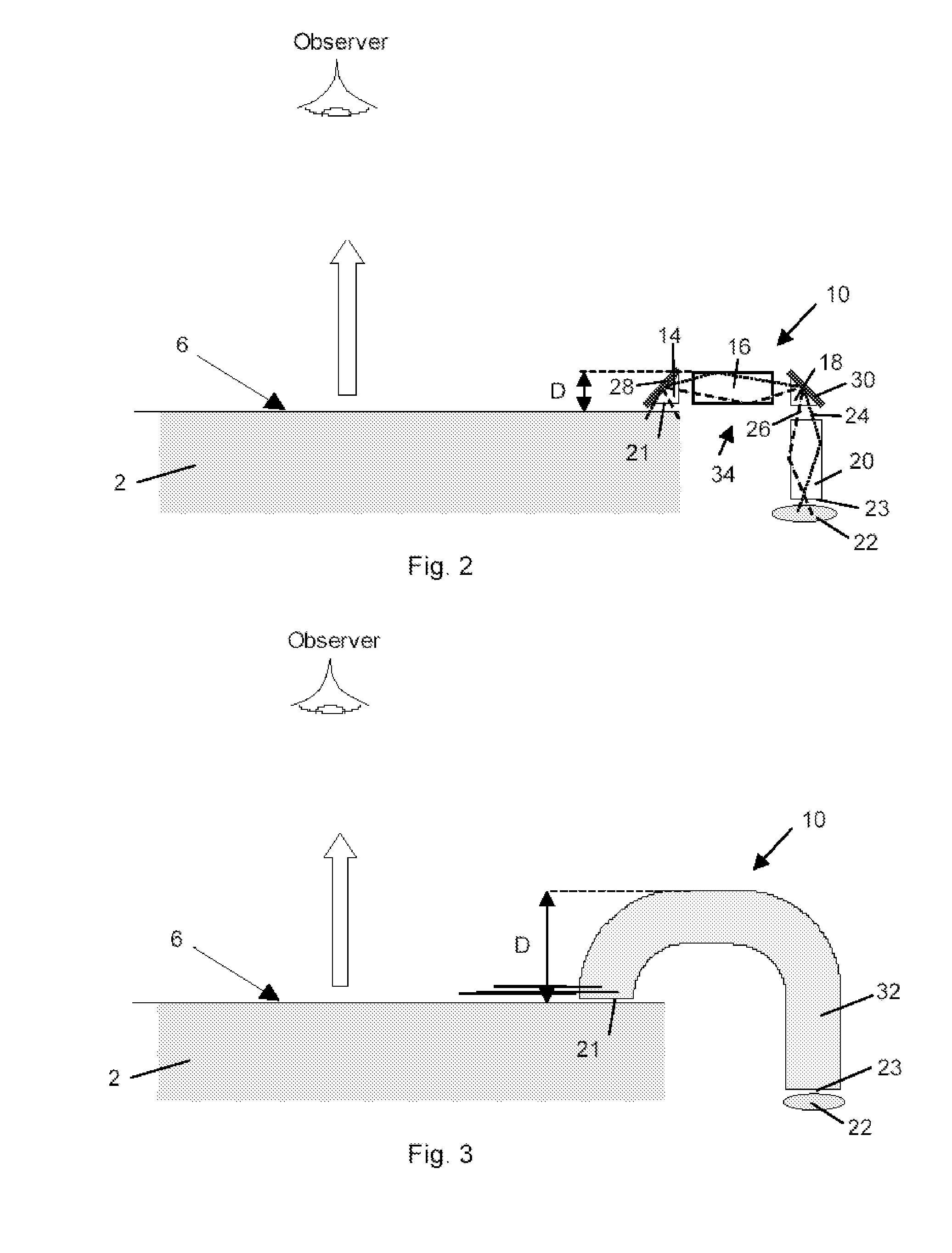Method and system for compensating ageing effects in light emitting diode display devices
a technology of light-emitting diodes and display devices, applied in the field of methods and systems for compensating ageing effects of light-emitting diodes display devices, can solve the problems of insufficient existence, increased failure rate, severe cost implications, etc., and achieve the effect of accurate correction and memory us
- Summary
- Abstract
- Description
- Claims
- Application Information
AI Technical Summary
Benefits of technology
Problems solved by technology
Method used
Image
Examples
Embodiment Construction
[0064]The present invention will be described with respect to particular embodiments and with reference to certain drawings but the invention is not limited thereto but only by the claims. The drawings described are only schematic and are non-limiting. In the following the acceptance angle of a sensor refers to the angle subtended by the extreme light rays which can enter the sensor. The angle between the optical axis and the extreme rays is therefore usually half of the acceptance angle.
[0065]FIG. 7 is a schematic representation of a display system, e.g. an OLED display that can be used with the present invention including a signal source 48 a controller unit 46, a driver 44 and a display 42 with a matrix of pixel elements that are driven by the driver 44. The invention makes use of a sub-area (patch) of the screen in a way that is optimised for / adapted to emissive displays. The sub-area is a measurement zone that contains more than 1 pixel, and spatial intelligence is added to the...
PUM
 Login to View More
Login to View More Abstract
Description
Claims
Application Information
 Login to View More
Login to View More - R&D
- Intellectual Property
- Life Sciences
- Materials
- Tech Scout
- Unparalleled Data Quality
- Higher Quality Content
- 60% Fewer Hallucinations
Browse by: Latest US Patents, China's latest patents, Technical Efficacy Thesaurus, Application Domain, Technology Topic, Popular Technical Reports.
© 2025 PatSnap. All rights reserved.Legal|Privacy policy|Modern Slavery Act Transparency Statement|Sitemap|About US| Contact US: help@patsnap.com



